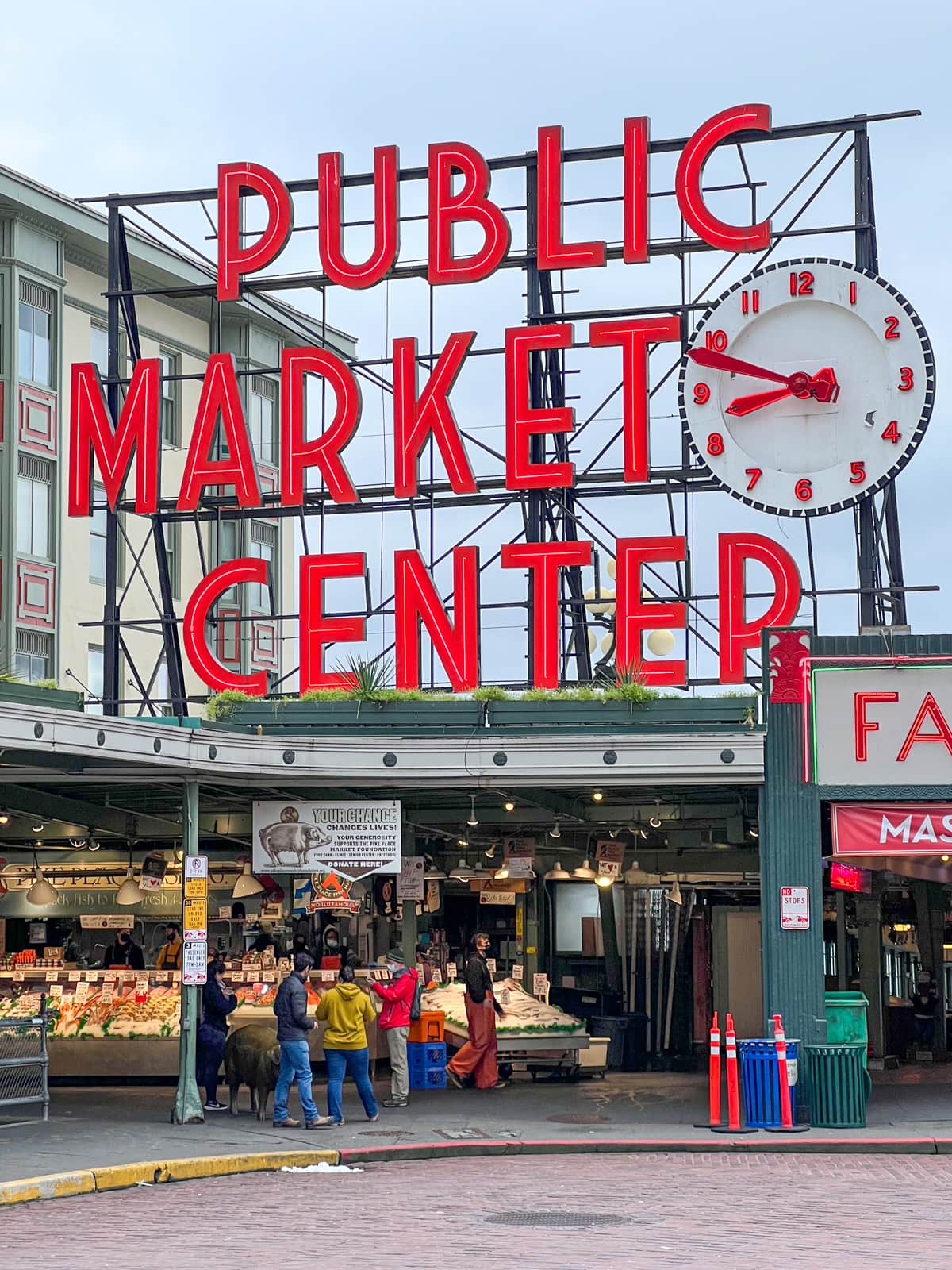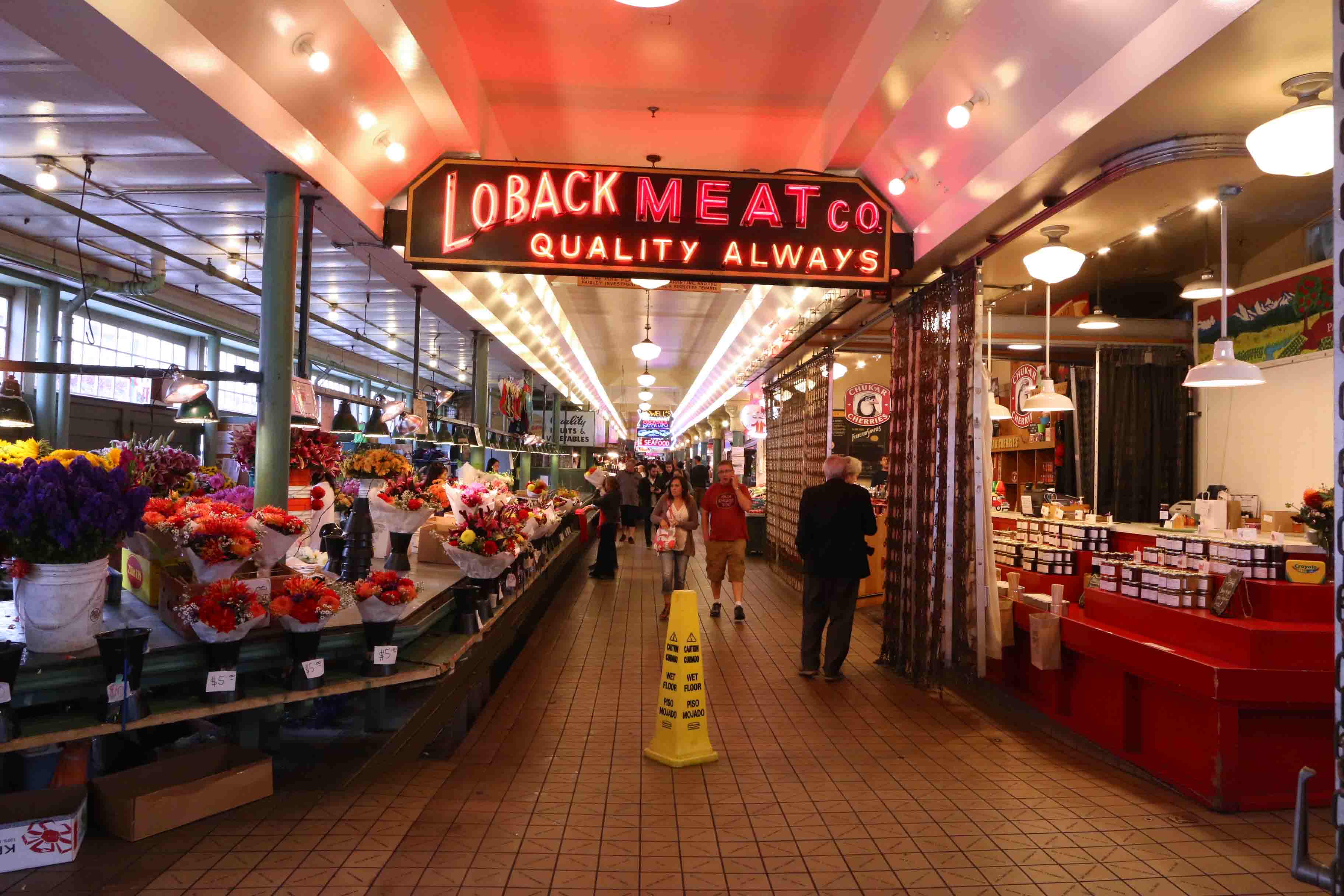
Wa Pikemarket: The Enduring Heartbeat of Ghana’s Upper West
The air in Wa, the bustling capital of Ghana’s Upper West Region, is a symphony of life. It thrums with the distant calls of hawkers, the rhythmic clang of metal on metal, the murmur of a thousand conversations, and the persistent, low hum of a city awakening. At the very epicentre of this vibrant cacophony lies Wa Pikemarket – not just a place of commerce, but a living, breathing organism that embodies the soul, economy, and culture of the region.
To step into Wa Pikemarket is to be enveloped in a sensory feast, an explosion of sights, sounds, and smells that instantly overwhelms and invigorates. It is a kaleidoscope of colours: the deep indigo of traditional smocks, the vibrant patterns of batik fabrics, the earthy tones of dried grains, and the shocking greens, reds, and yellows of fresh produce piled high in artful mounds. The aroma is an intoxicating blend of smoked fish, pungent spices, sweet tropical fruits, roasting groundnuts, and the faint, sweet scent of shea butter. Here, the everyday act of buying and selling transcends mere transaction; it is a profound cultural experience, a testament to the enduring human spirit of enterprise and community.
A Microcosm of the Upper West Economy

Wa Pikemarket is, first and foremost, the economic engine of the Upper West Region. For many, it is the sole source of livelihood, a lifeline connecting rural farmers and artisans to urban consumers. The market sprawls over several acres, an organic growth of makeshift stalls, permanent structures, and open-air displays, each section dedicated to a specific category of goods.
The food section is a testament to the agricultural bounty of the region. Mountains of yams, cassava, and plantains sit alongside sacks of millet, sorghum, and maize – staple grains that form the bedrock of local diets. Fresh vegetables like garden eggs, okra, tomatoes, and peppers are artfully arranged, glistening with morning dew. Further in, the meat and fish section buzzes with activity, offering everything from fresh tilapia caught from local rivers to smoked guinea fowl and beef, essential protein sources. The air here carries the distinct aroma of woodsmoke and a bustling energy as buyers haggle for the best cuts.
"This market feeds everyone," explains Mama Yaa, a woman whose face is etched with the wisdom of her 70 years, as she meticulously arranges her dried hibiscus leaves and dawadawa (fermented locust beans) – traditional ingredients used in local stews. "I’ve been selling here since I was a young girl. My mother brought me, and now my granddaughter sometimes helps me. It is hard work, but it is honest work. Without this market, many of us would have nothing." Mama Yaa’s sentiment is echoed by countless others, from the young men pushing heavily laden wheelbarrows of goods to the women patiently grinding spices or frying fresh groundnuts.
Beyond foodstuffs, the market is a treasure trove of artisanal crafts and manufactured goods. The textile section bursts with the intricate designs of locally woven smocks, known as ‘fugu’ or ‘batakari,’ revered for their cultural significance and warmth. These are often made from hand-dyed cotton, with patterns that speak of ancient traditions and identity. There are also vibrant prints of wax fabrics, sewing materials, and ready-made garments, catering to both traditional and modern tastes.
Another prominent feature is the abundance of shea butter, a cornerstone of the Upper West’s economy, predominantly processed by women’s cooperatives in rural communities. Large, creamy mounds of raw shea butter sit alongside refined versions, packaged for cosmetic use, their rich, nutty scent a constant presence. Tools, household items, electronics, herbal medicines, and even spare parts for bicycles and motorcycles can be found, demonstrating the market’s comprehensive role in meeting every conceivable need of the local populace.
A Cultural Crossroads and Social Hub
Wa Pikemarket is far more than just a place to exchange goods for money; it is a vibrant cultural crossroads, a social barometer, and a vital community hub. People from various ethnic groups – Waali, Dagaaba, Sisaala, Gonja, and even traders from neighbouring Burkina Faso and Côte d’Ivoire – converge here, bringing with them their distinct languages, customs, and products. The babel of tongues is a constant background, a testament to the region’s diversity and interconnectedness.
News, gossip, and local politics are exchanged as readily as currency. It’s a place where relationships are forged and strengthened, where families meet, and where the pulse of the community can be truly felt. Children weave through the legs of adults, playing impromptu games, while elders sit in shaded corners, observing the bustling scene with serene wisdom. The market serves as an informal information network, disseminating everything from harvest forecasts to upcoming community events.

"You can learn everything you need to know about Wa just by spending a day here," remarks Kwame, a history teacher who comes to the market not just to shop, but to observe. "It’s a living museum, a university of life. The way people interact, the goods they sell, the stories they share – it’s all part of the Wa identity."
One interesting fact is the historical role of such markets in facilitating not just trade but also cultural diffusion. For centuries, markets like Pikemarket were vital nodes on trans-Saharan trade routes, connecting West African kingdoms to the wider world. While the scale and nature of trade have evolved, the market’s fundamental role as a nexus of exchange remains unchanged.
Challenges and Resilience
Despite its vital role, Wa Pikemarket faces its share of challenges. Infrastructure, like many markets in developing regions, can be rudimentary. During the dry season, dust billows, settling on goods and vendors alike. When the rains come, sections can become muddy quagmires, making navigation difficult. Sanitation and waste management are ongoing concerns, requiring constant effort from market authorities and vendors to maintain cleanliness.
Competition from modern supermarkets and convenience stores, though still relatively limited in Wa, is slowly growing. These establishments offer packaged goods in air-conditioned comfort, drawing away a segment of the population, particularly the younger, more affluent demographic. However, the market’s strength lies in its ability to offer fresh, locally sourced produce, the opportunity for haggling (a cherished part of the buying experience), and the human connection that no sterile supermarket can replicate.
Climate change also poses a threat, as erratic rainfall patterns and prolonged droughts impact agricultural yields, directly affecting the availability and pricing of goods. Vendors and farmers must constantly adapt, diversifying their crops or sourcing from more distant regions, adding to their costs and challenges.
Yet, the resilience of the market and its people is undeniable. Vendors display remarkable ingenuity, adapting their offerings, finding new supply chains, and leveraging social networks to navigate difficulties. The community spirit within the market ensures that during tough times, vendors often support each other, sharing resources and advice. Local authorities, too, periodically invest in improvements, from paving pathways to constructing more robust stalls, recognizing the market’s indispensable value.
The Enduring Heartbeat
As the sun begins to dip towards the horizon, casting long shadows across the bustling scene, the tempo of Wa Pikemarket subtly shifts. The most intense haggling might subside, but the social interactions continue. Vendors begin to pack up their remaining wares, the calls of the last hawkers echo through the thinning crowds, and the aroma of charcoal fires cooking evening meals starts to permeate the air.
Wa Pikemarket is more than just a place; it is a narrative. It tells the story of the Upper West Region – its struggles, its resilience, its rich cultural tapestry, and its unwavering spirit of enterprise. It is a testament to the fact that even in an increasingly globalized world, the local market remains an irreplaceable cornerstone of community life. It is the rhythmic pulse, the enduring heartbeat, that keeps Wa alive, vibrant, and connected to its roots. To truly understand Wa, one must first lose oneself in the delightful chaos and profound humanity of its magnificent Pikemarket.


